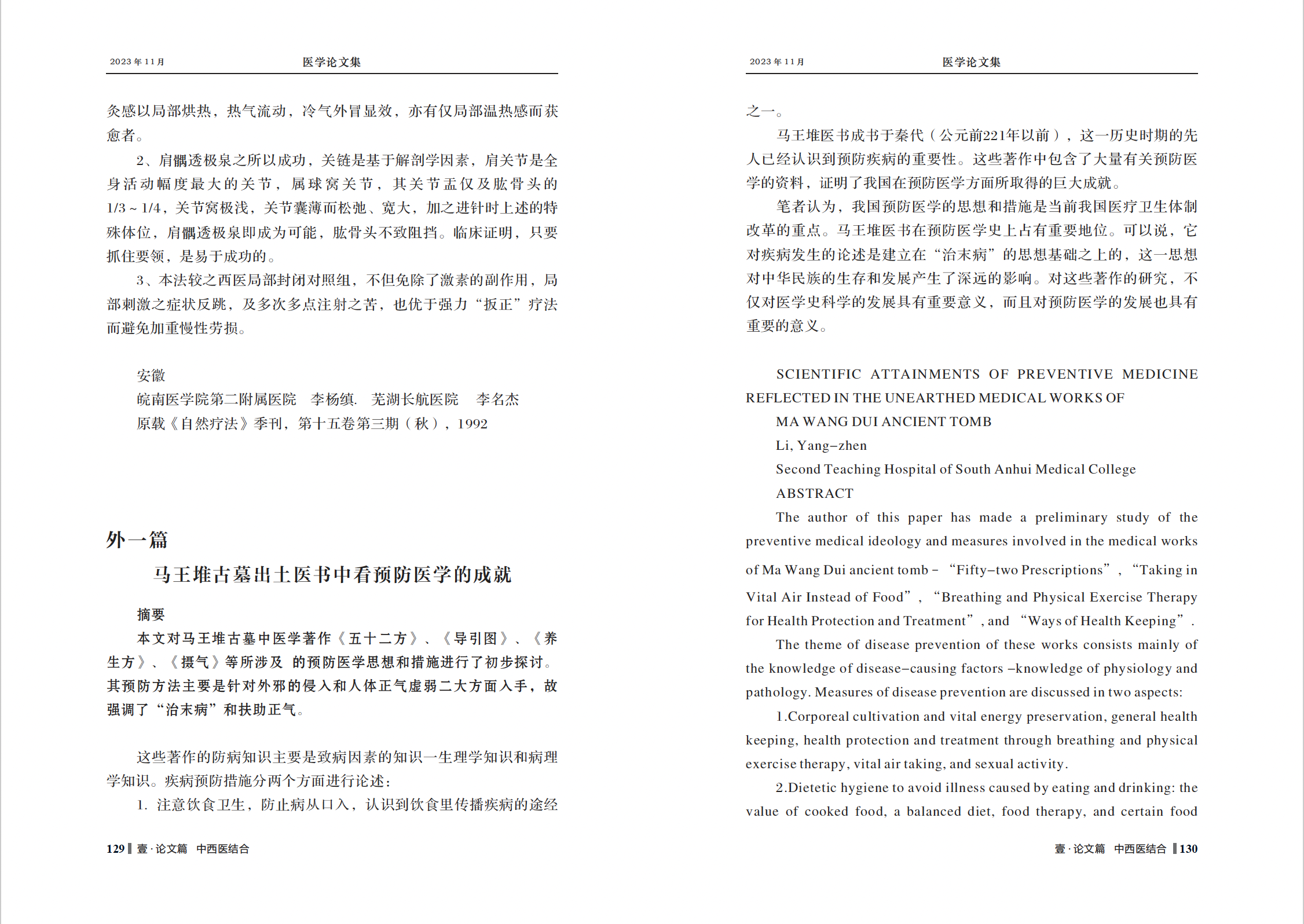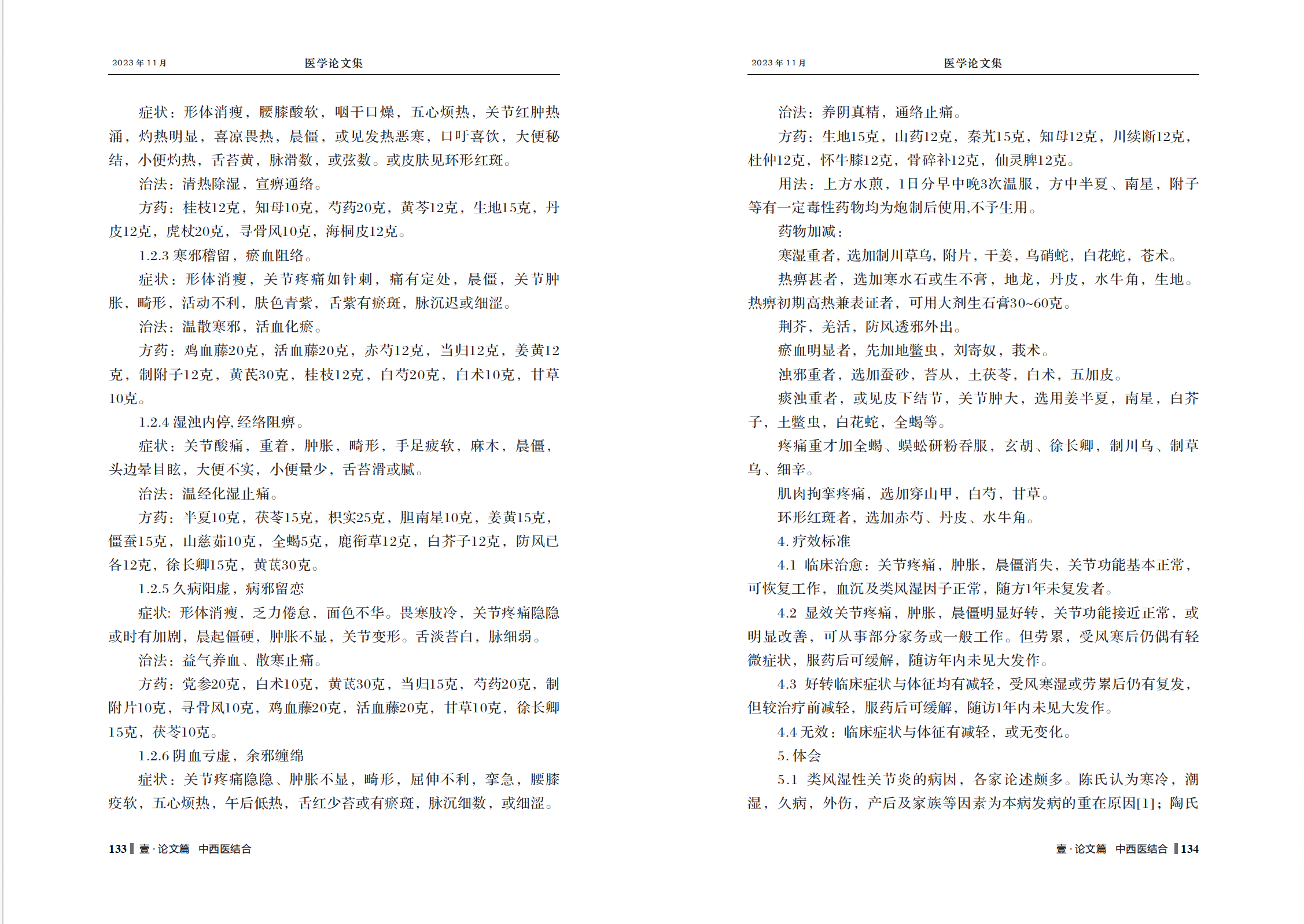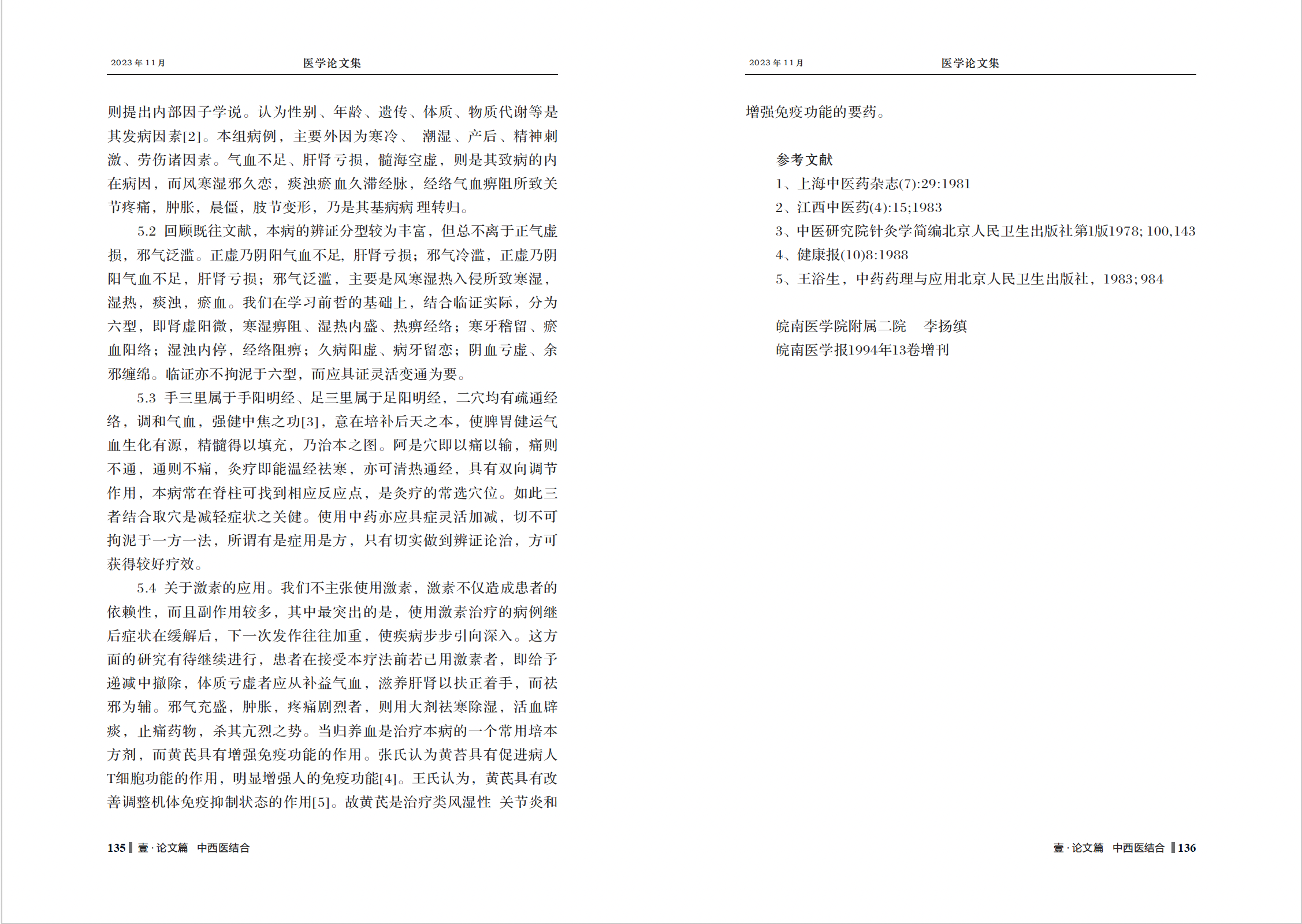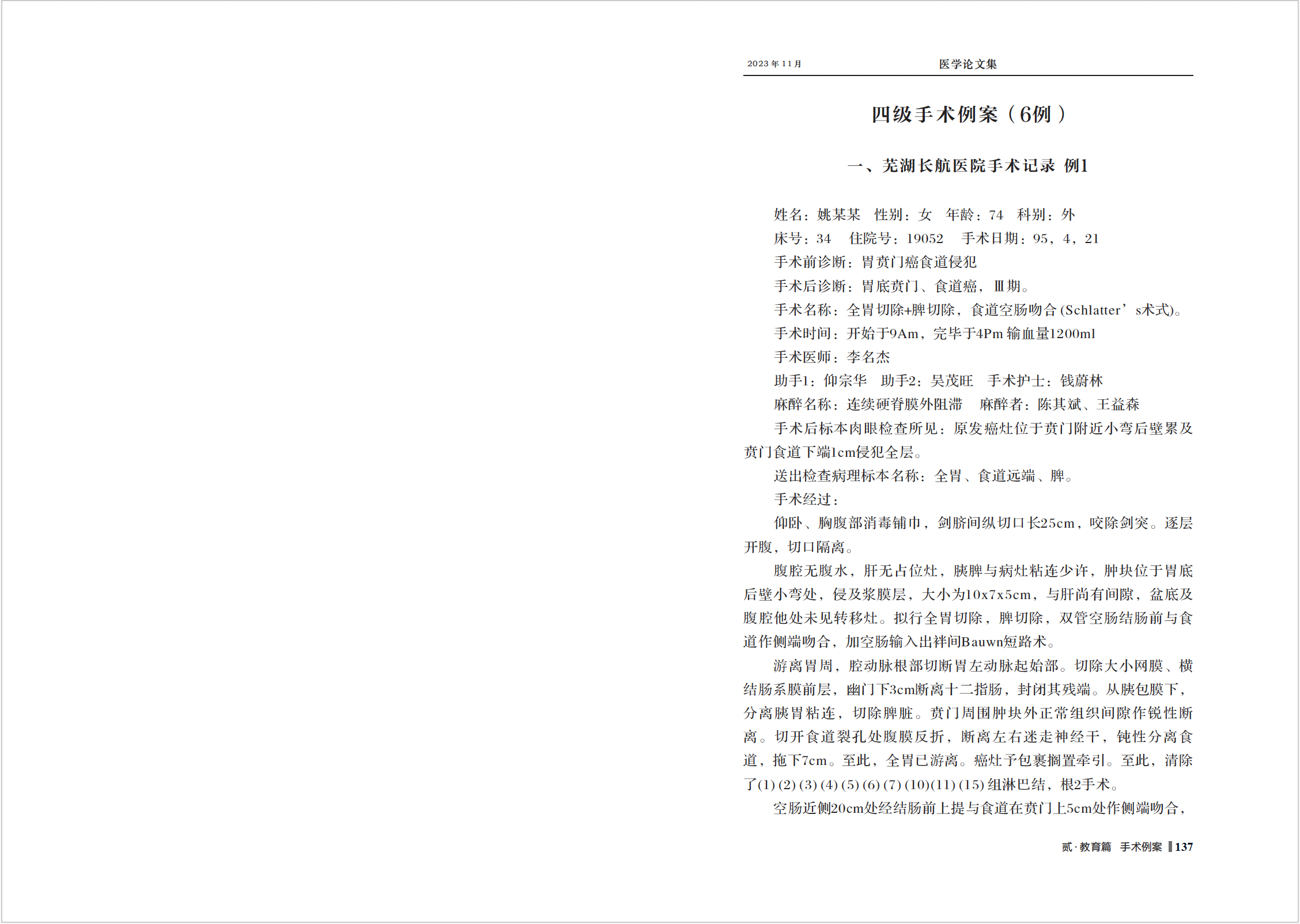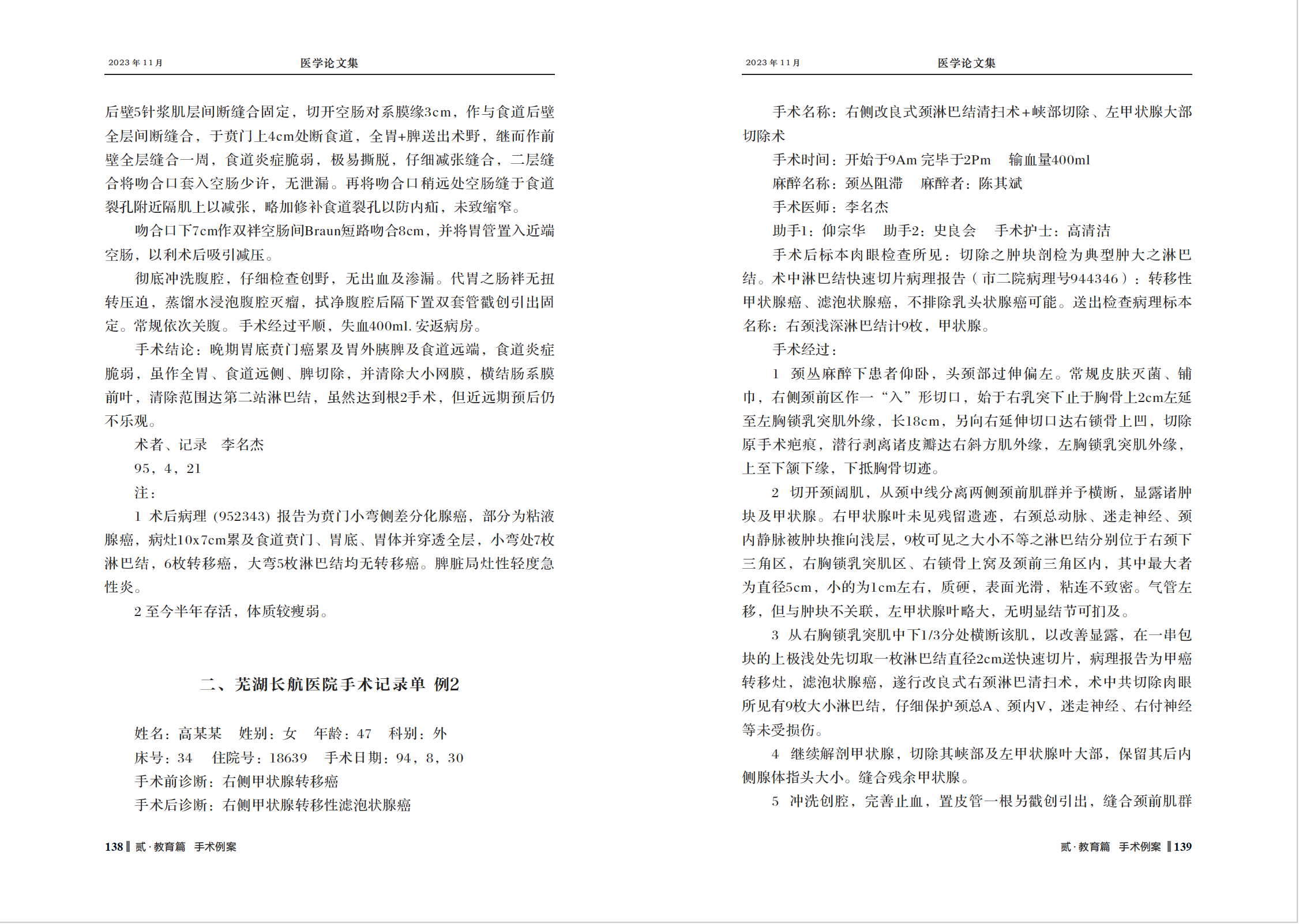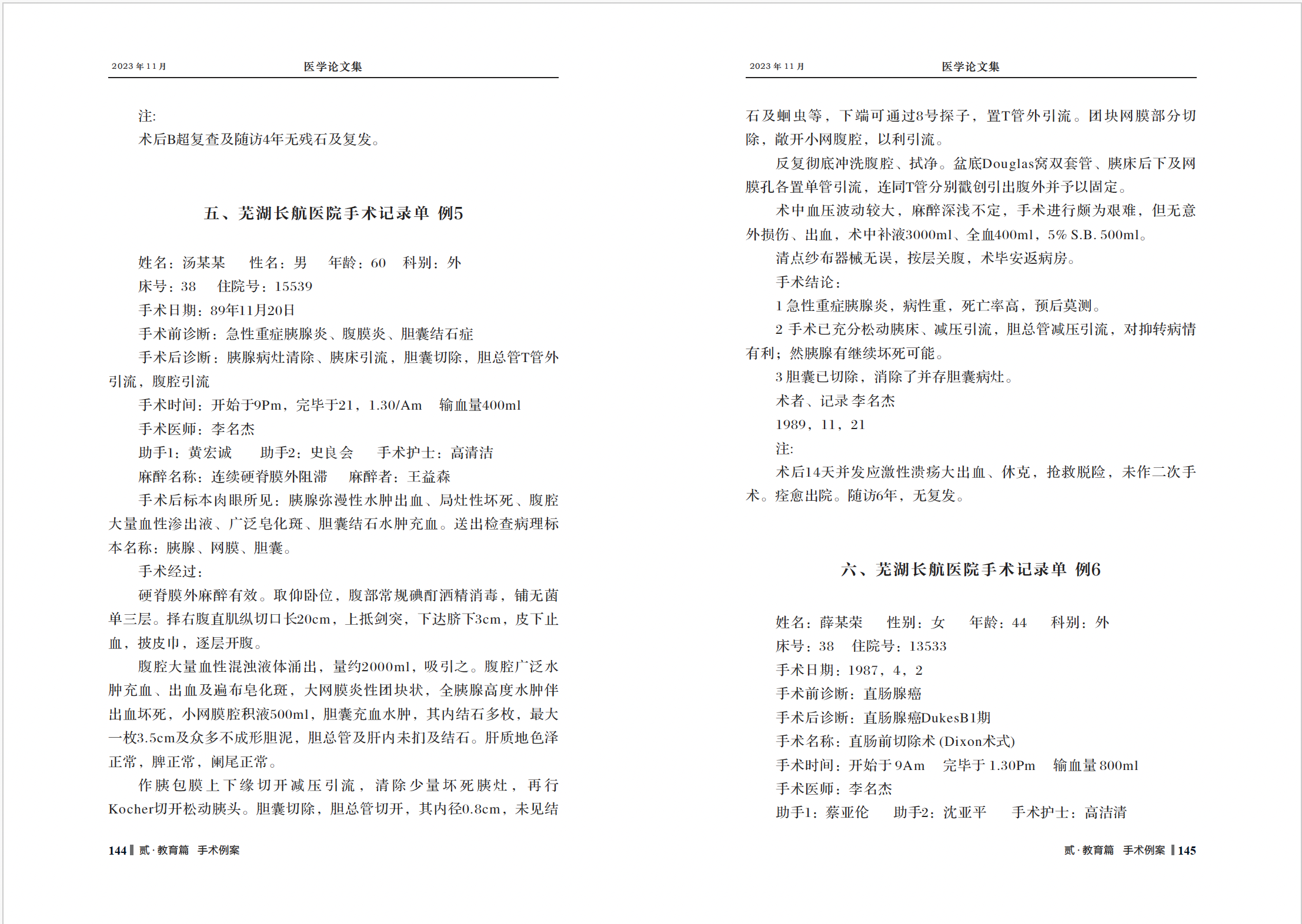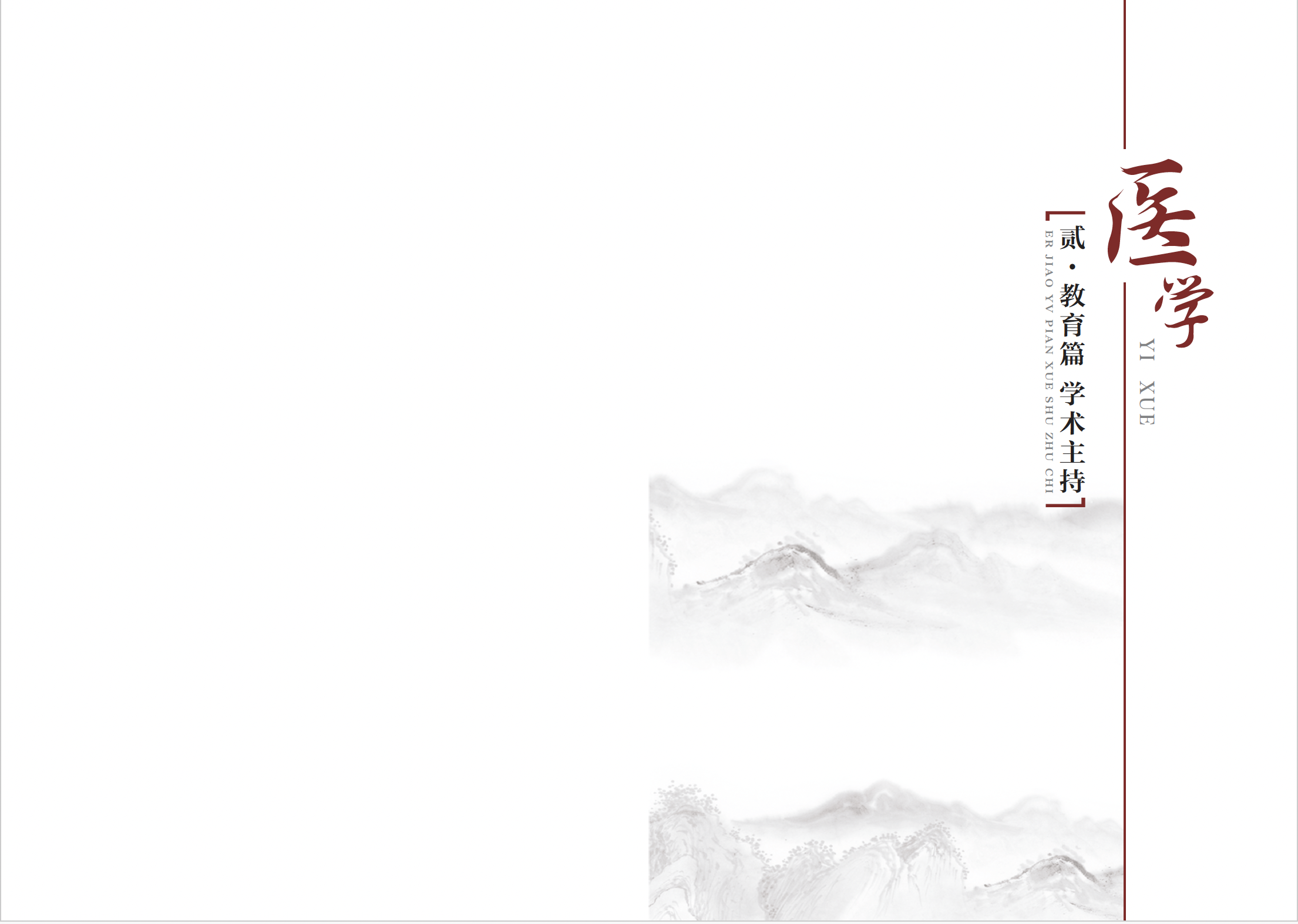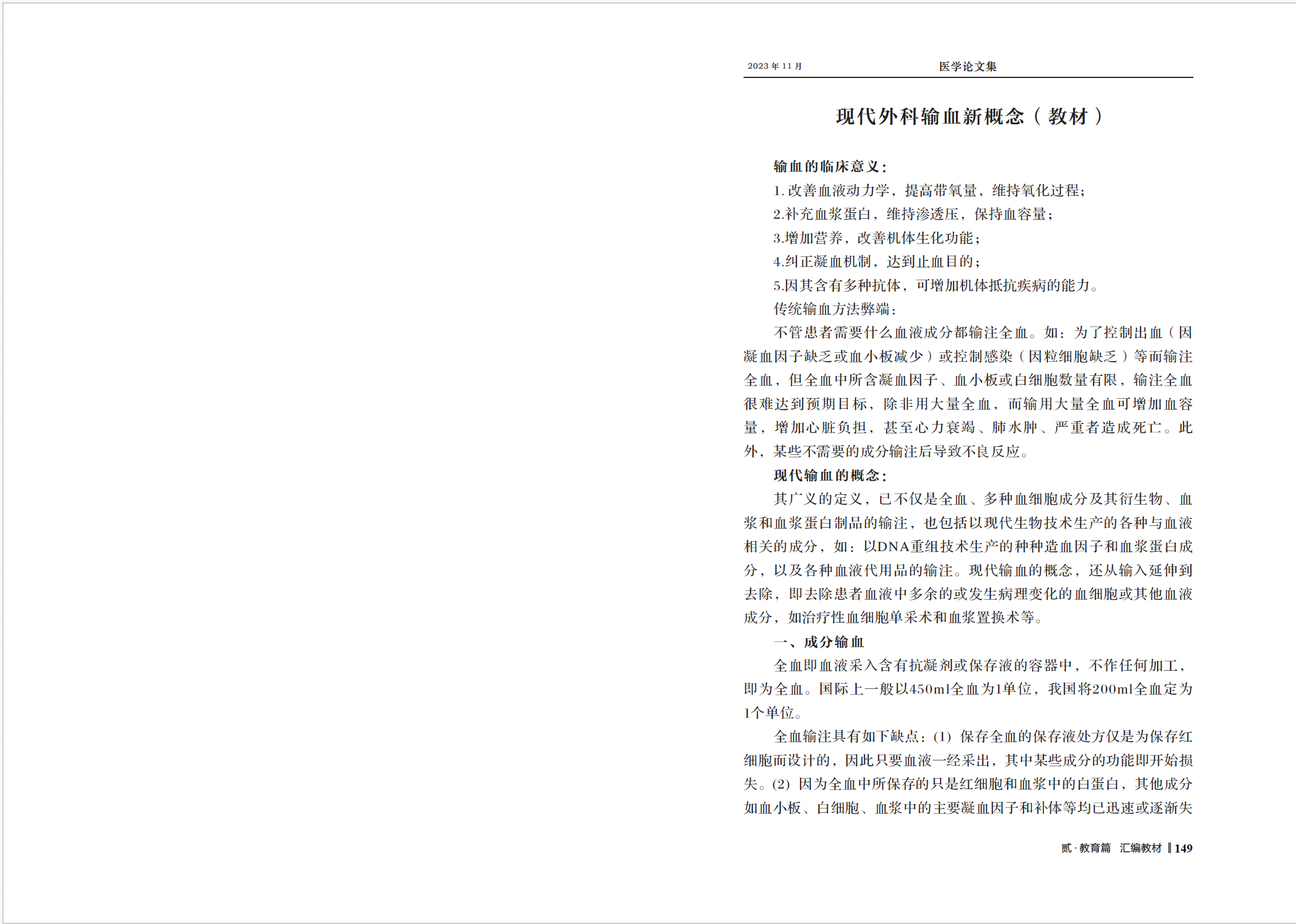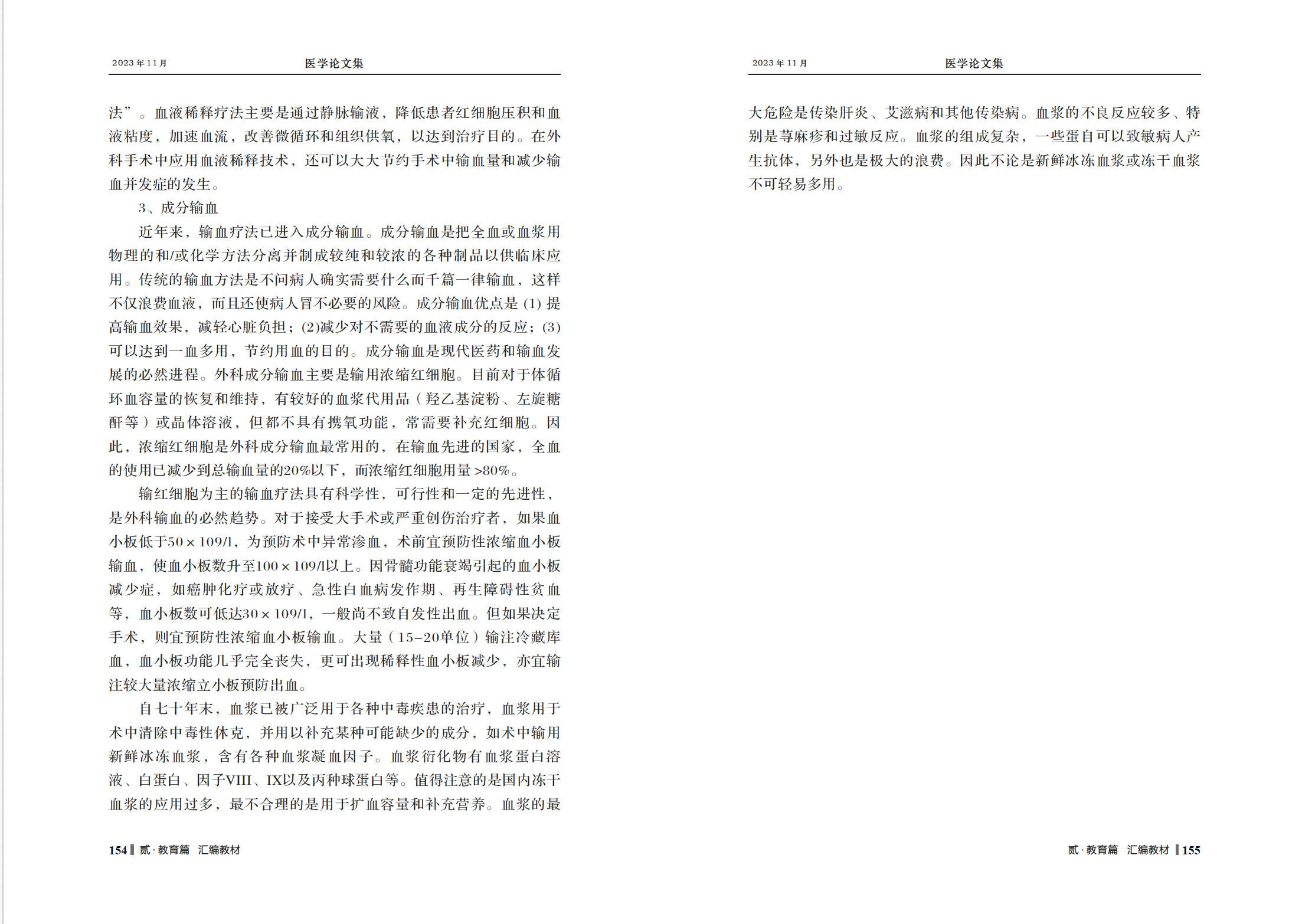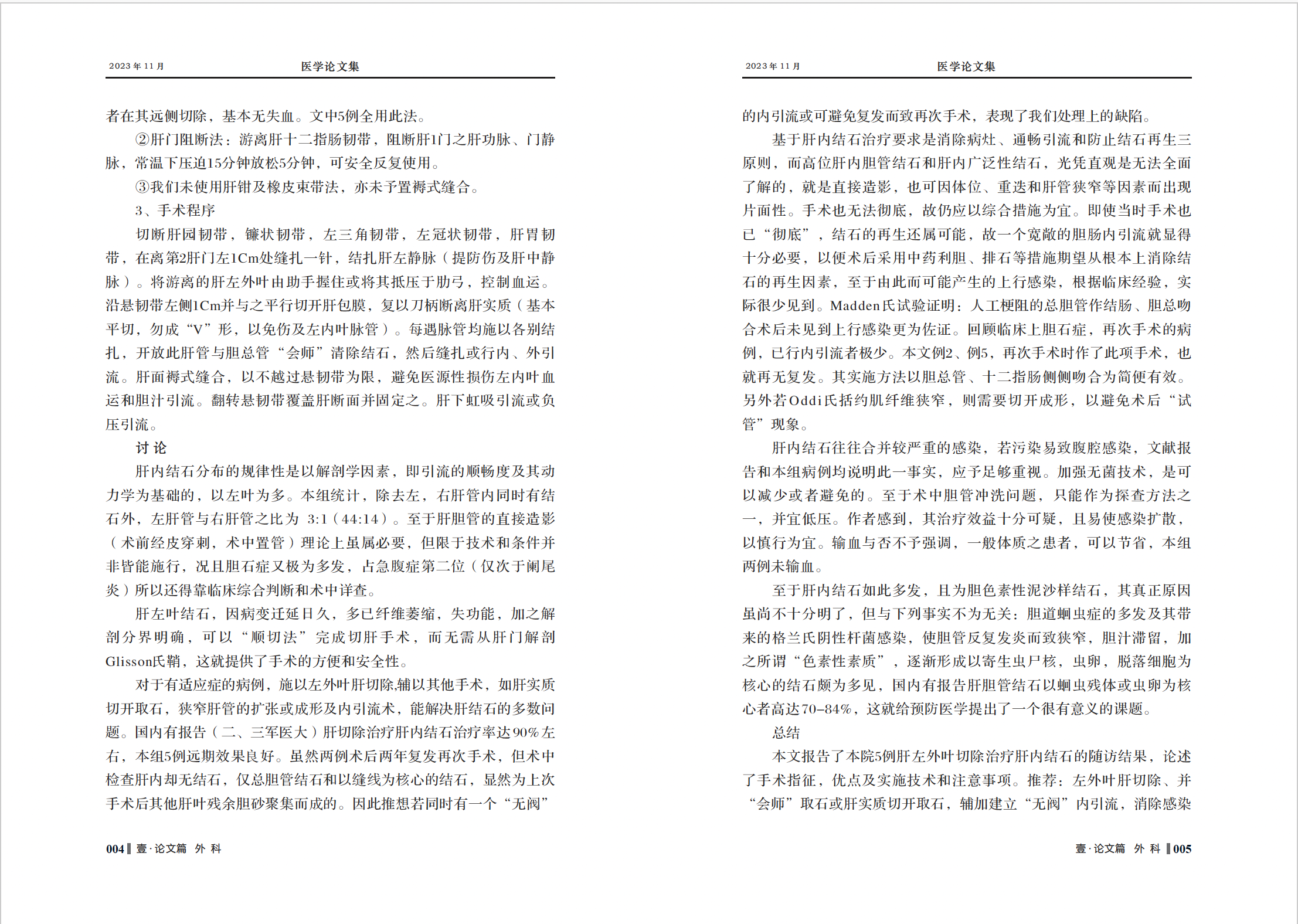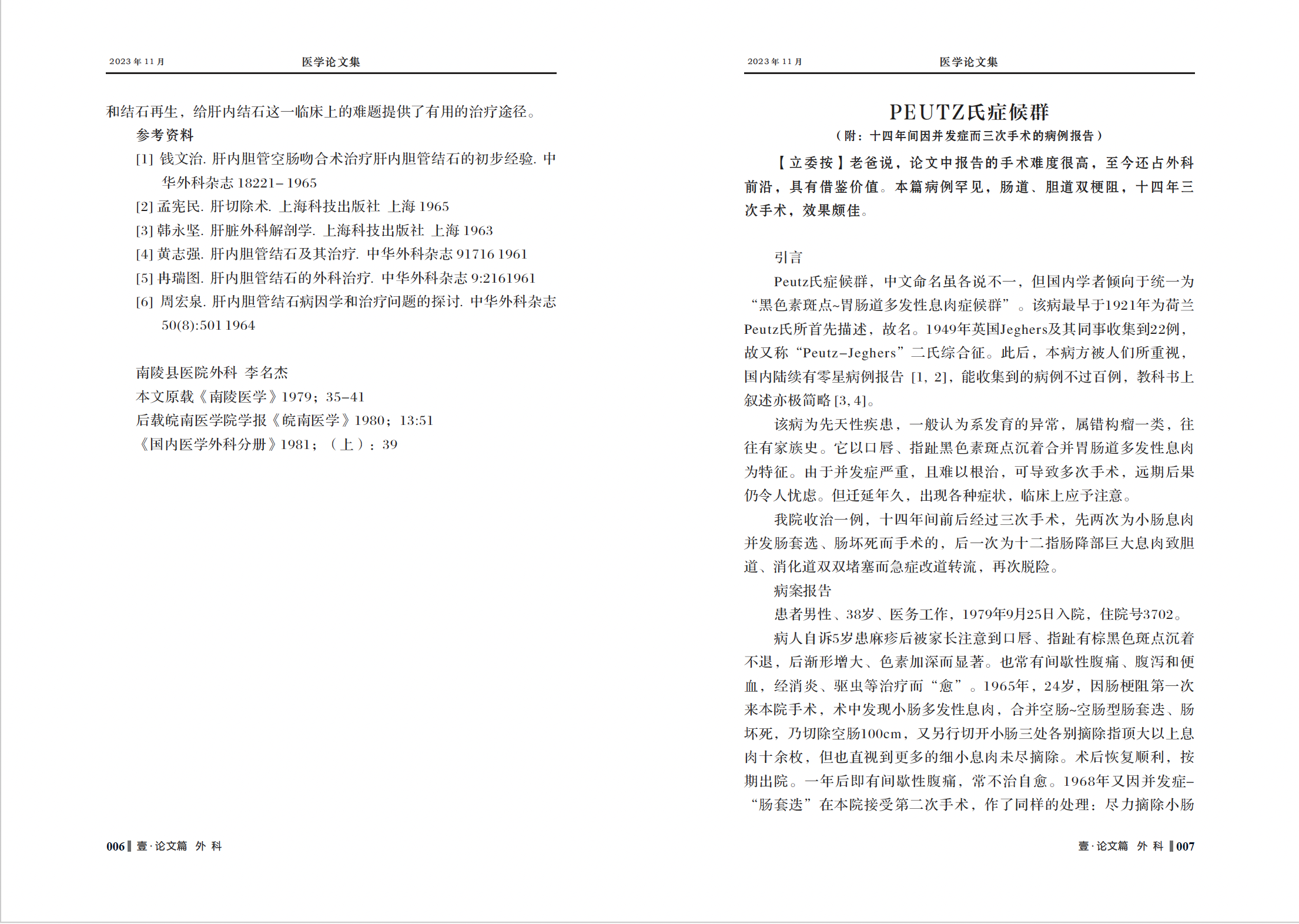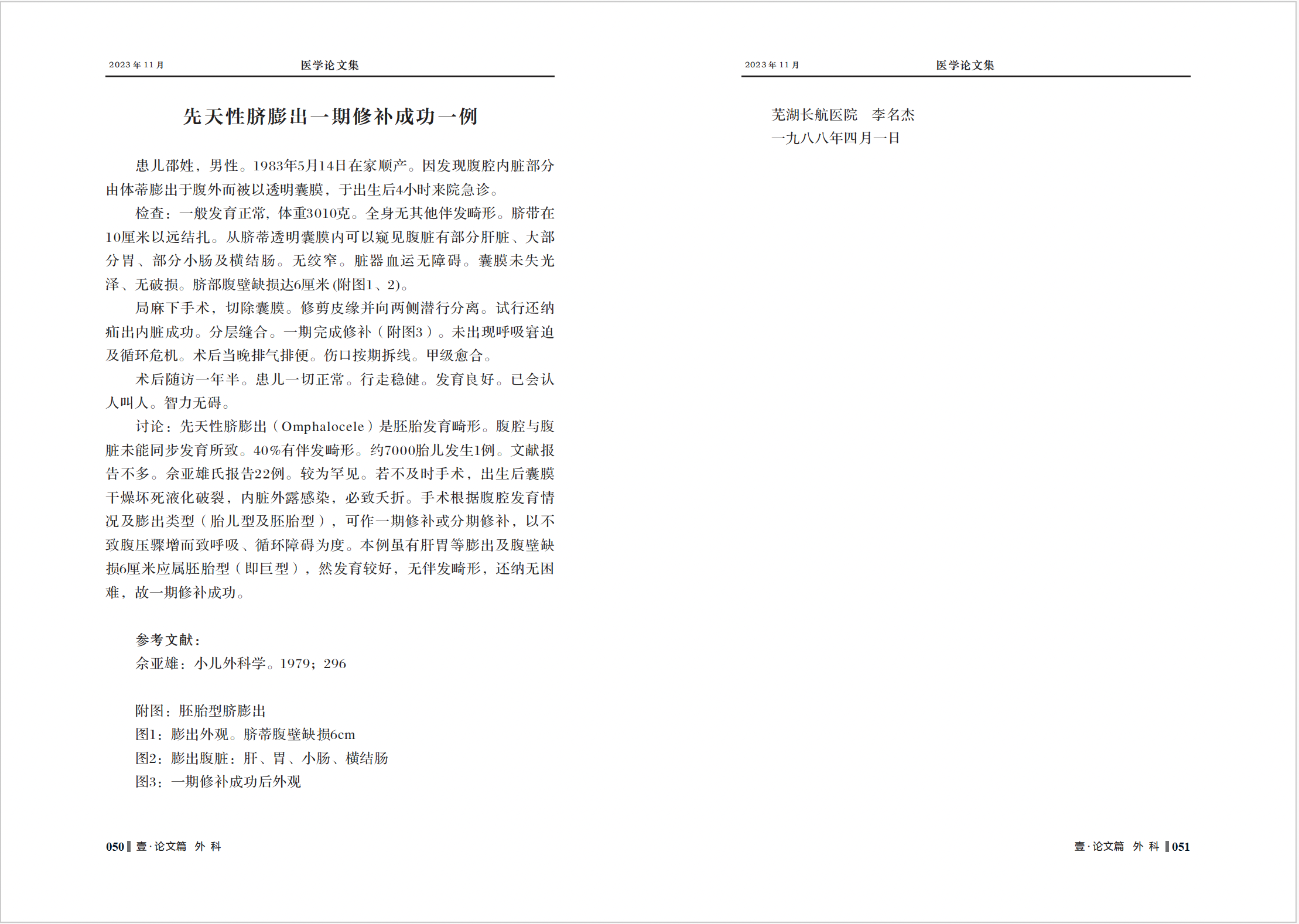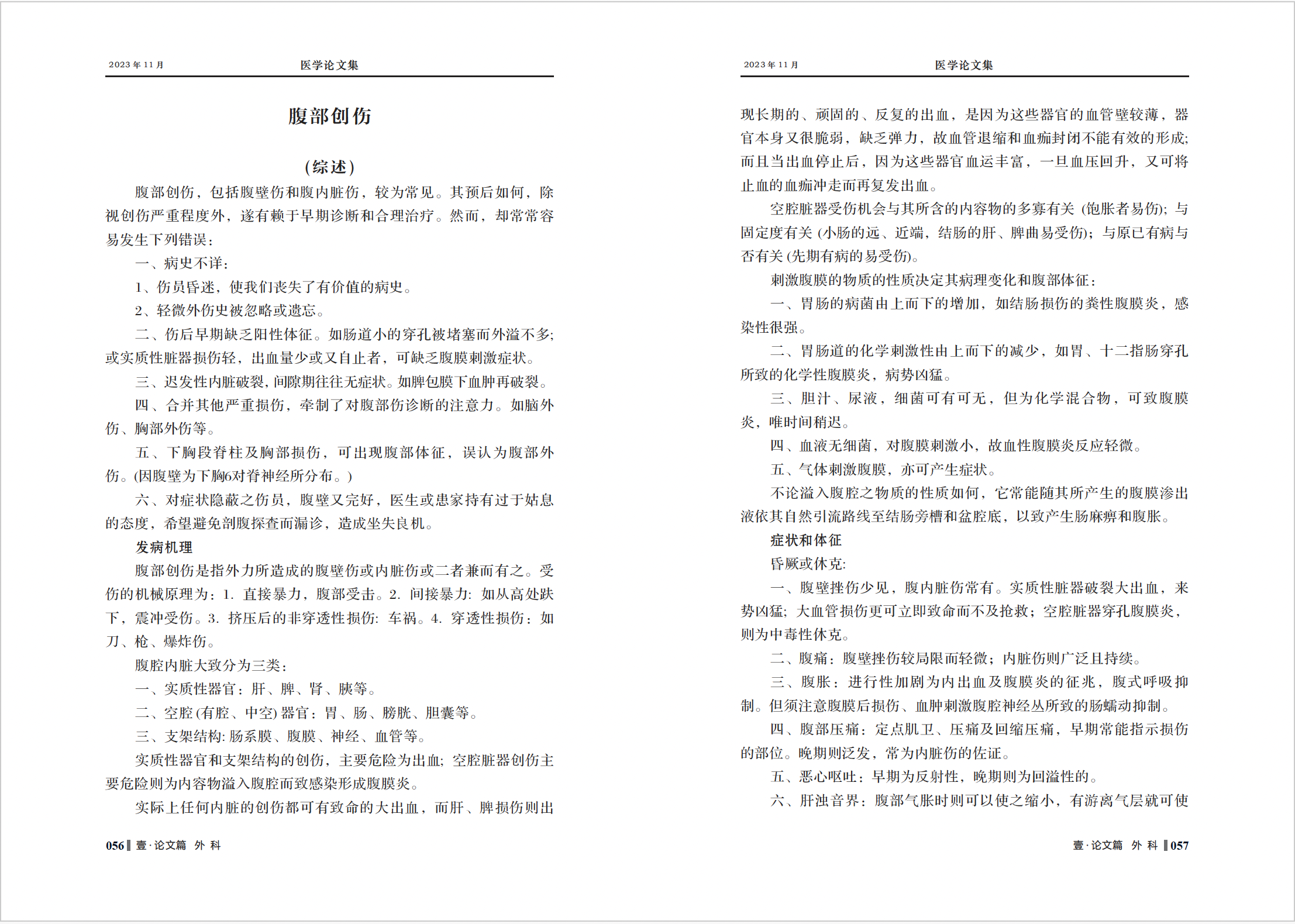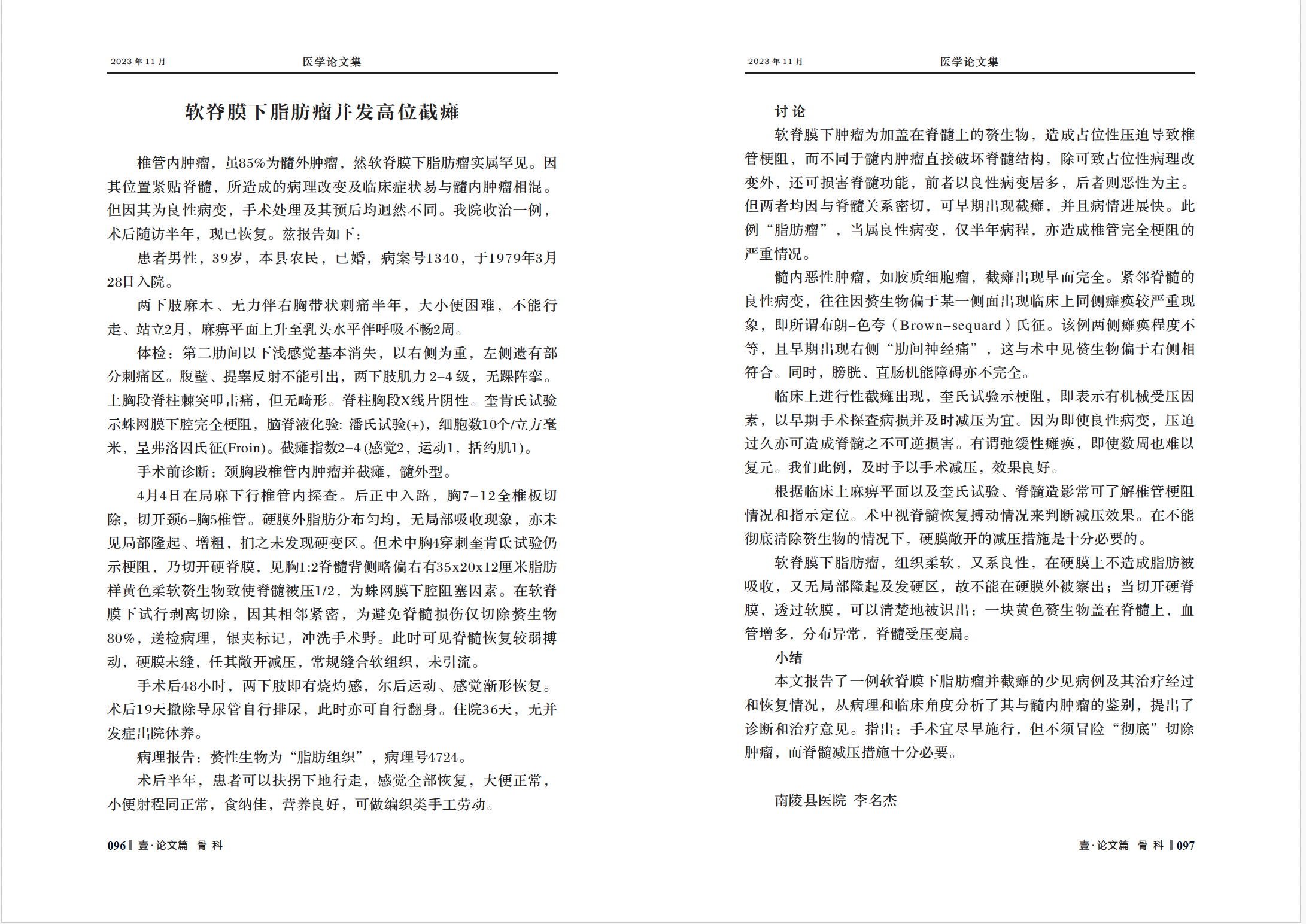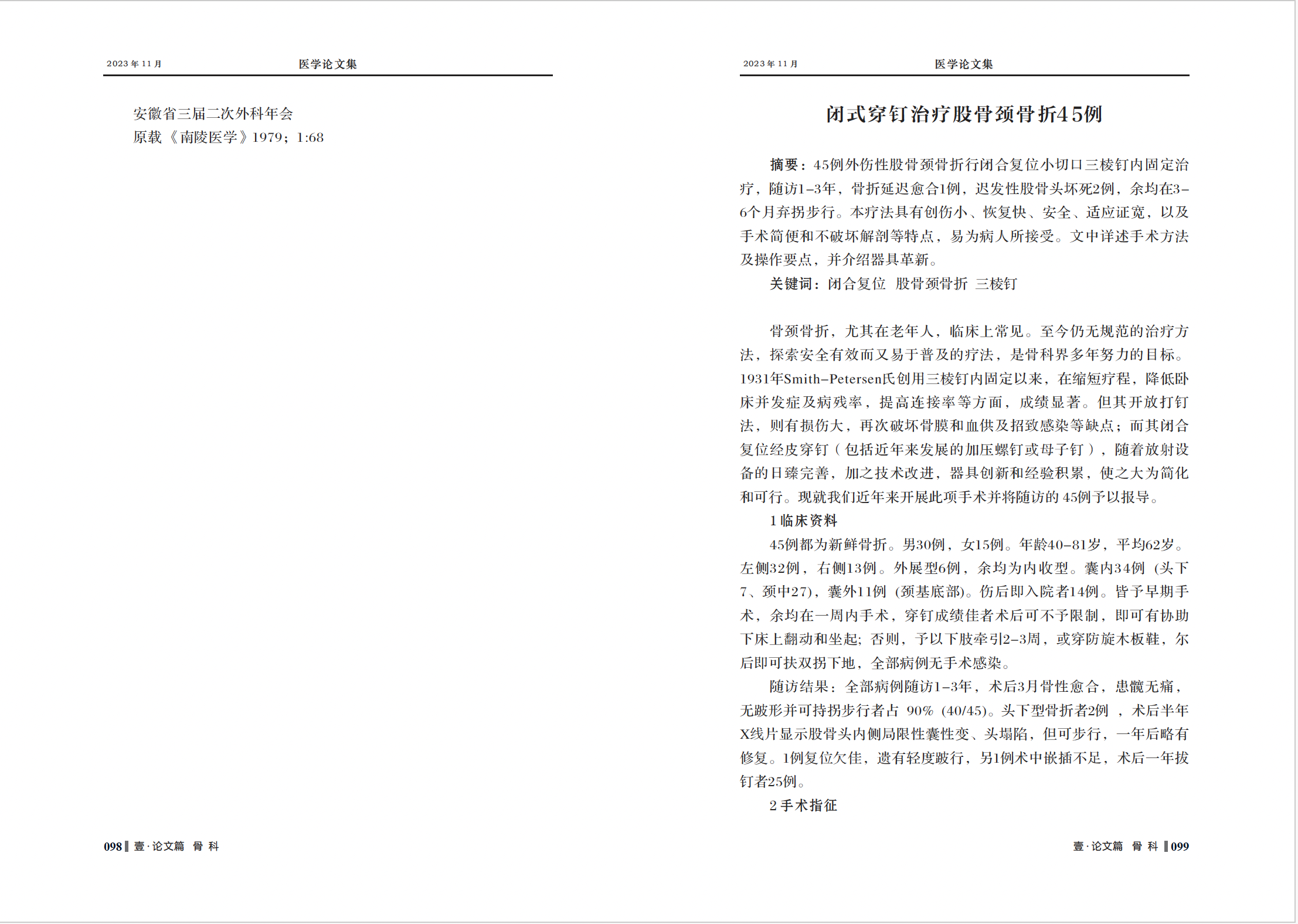李名杰:医学论文集(26):中西医结合论文3-外一篇-外二篇
李名杰:医学论文集(27):教育篇 - 手术例案
李名杰:医学论文集(28):教育篇 - 学术主持
李名杰:医学论文集(29):教育篇 - 汇编教材1
个性化精调图片生成实验(6): AIGC立委先生
Black and white charcoal sketch, close-up portrait of <lora:wei:1.0>, charcoal drawing




真实得可怕,饱经沧桑。
"A hippie at woodstock, close-up portrait of <lora:wei:1.0> with long messy hair and headband, hippie jewellery, stage in the background, aged photograph, natural lighting, festival photography":

被好莱坞抓去扮演原住民??or Rock star?
咒语实际上是嬉皮士形象:"在Woodstock的一个嬉皮士,lora:wei:1.0的特写肖像,拥有长而凌乱的头发和头带,嬉皮士风格的首饰,背景是舞台,照片带有老旧效果,自然光线,音乐节摄影。"
老友要求:来一张扬眉吐气的照片[Smile]
好,“二维卡通动漫风格的lora:wei:0.5在迪士尼的茶话会上,肩头肖像,传统的二维艺术,手绘,有边框,表情丰富,扬眉吐气,色彩鲜艳,高度细致。”

为我即将发行的卡拉OK专辑设计的封面(album art)

摇滚乐队专辑封面,专辑封面摄影,特色为lora:wei:1.0,特写镜头。
当我90岁的时候:

"A wise old man, weathered face, wrinkled eyes, knowing smile, gray hair. 90 years old, wispy gray beard, Extreme close-up of <lora:wei:1.0> as a very old man. Hyperrealistic, splash art, concept art, intricately detailed, color depth, dramatic, 2/3 face angle, side light"
梵高式自画像:

冯志伟老师说:画一张李维摘桂花!遵命:

ok 不玩了。只是想证明一点:艺术没有那么神圣,模型同样侵入。
二三流的艺术家,除了拥抱大模型,没有出路。




下面给为数字分身做一些工作,不仅仅是换装(和领带):















下面是我们复现的结果,同样用不到20张照片做 fine tune,很像了,但创造性方面有优化空间:



个性化精调图片生成实验(5)
Creation Settings
Preset Style
Superhero
Text Prompts
"A powerful superhero. Waist up <lora:Xiaoya:1.0> superhero pose. Superhero crest, black and yellow superhero cape and underwear. HDR, high contrast, grunge, Epic cinematic brilliant stunning intricate meticulously detailed dramatic atmospheric maximalist digital matte painting"
Weight:1 Save
"Superman, twins, two people, multiple people, cross-eyed, cleavage, bare chest, stretched, from behind, over the shoulder, full shot, long shot, ugly, out of frame, extra limbs, disfigured, deformed, blurry, bad anatomy, watermark, signature"
Weight:-0.8 Save
Model
SDXL 1.0
Addon Models
Tian - private fine-tuned model by 999liwei
Initial Resolution
Medium
Runtime
Short
Seed
3095414312
Overall Prompt Weight
50%
Sampling method
K_DPMPP_2M
CLIP Guidance
NONE

Creation Settings
Preset Style
Street art
Text Prompts
"graffiti art, splash art, street art, spray paint, oil gouache melting, acrylic, high contrast, black background, close-up portrait of <lora:Xiaoya:1.0>, colorful polychromatic, ultra detailed, ultra quality, CGSociety"
Weight:1 Save
"twins, two people, multiple people, cross-eyed, cleavage, bare chest, stretched, from behind, over the shoulder, full shot, long shot, ugly, out of frame, extra limbs, disfigured, deformed, blurry, bad anatomy, watermark, signature"
Weight:-0.8 Save
Model
SDXL 1.0
Addon Models
Tian - private fine-tuned model by 999liwei
Initial Resolution
Medium
Runtime
Short
Seed
3600028138
Overall Prompt Weight
50%
Sampling method
K_DPMPP_2M
CLIP Guidance
NONE

Creation Settings
Preset Style
Bodybuilder (female)
Text Prompts
"Female bodybuilder photography, bodybuilder pose, <lora:Xiaoya:1.0>, waist-up, fake tan, bikini division, ms Olympia, bodybuilding competition, muscle definition, amazing muscles, well lit, full body shot"
Weight:1 Save
"twins, two people, multiple people, cross-eyed, cleavage, bare chest, stretched, from behind, over the shoulder, full shot, long shot, ugly, out of frame, extra limbs, disfigured, deformed, blurry, bad anatomy, watermark, signature"
Weight:-0.8 Save
Model
SDXL 1.0
Addon Models
Tian - private fine-tuned model by 999liwei
Initial Resolution
Medium
Runtime
Short
Seed
1542053502
Overall Prompt Weight
50%
Sampling method
K_DPMPP_2M
CLIP Guidance
NONE

Hyperrealistic
个性化精调图片生成实验(4)

Creation Settings
Preset Style
Pegasus rider
Text Prompts
"Close-up portrait of <lora:wei:1.0> riding a beautiful white Horse with perfectly formed symmetrical wings, Pegasus, fantastical surreal creature art mythical creature illustration fantasycore hyperrealistic hyperdetailed concept art intricate meticulous maximalist romanticism scifi perfect composition natural colors"
Weight:1 Save
"helmet, full body, twins, two people, multiple people, cross-eyed, cleavage, bare chest, stretched, from behind, over the shoulder, full shot, long shot, ugly, out of frame, extra limbs, disfigured, deformed, blurry, bad anatomy, watermark, signature"
Weight:-0.8 Save
Model
SDXL 1.0
Addon Models
wei - private fine-tuned model by 999liwei
Initial Resolution
Medium
Runtime
Short
Seed
3180141569
Overall Prompt Weight
50%
Sampling method
K_DPMPP_2M
CLIP Guidance
NONE

Creation Settings
Preset Style
Dragon rider
Text Prompts
"tight shot, Portrait of <lora:wei:1.0> riding on the back of a dragon, sitting in a saddle astride the dragon, large wings, fantastical surreal, creature, fantasycore, intricate details, HDR, beautifully shot, hyperrealistic, sharp focus, 64 megapixels, perfect composition, high contrast, cinematic, atmospheric, moody"
Weight:1 Save
"twins, two people, multiple people, cross-eyed, cleavage, bare chest, stretched, from behind, over the shoulder, full shot, long shot, ugly, out of frame, extra limbs, disfigured, deformed, blurry, bad anatomy, watermark, signature"
Weight:-0.8 Save
Model
SDXL 1.0
Addon Models
wei - private fine-tuned model by 999liwei
Initial Resolution
Medium
Runtime
Short
Seed
2526885040
Overall Prompt Weight
50%
Sampling method
K_DPMPP_2M
CLIP Guidance
NONE

Creation Settings
Preset Style
Bodybuilder (male)
Text Prompts
"Bodybuilder photography, bodybuilder pose, fake tan, <lora:wei:1.0>, waist-up, bodybuilding competition, mr universe, muscle definition, amazing muscles, well lit"
Weight:1 Save
"twins, two people, multiple people, cross-eyed, cleavage, bare chest, stretched, from behind, over the shoulder, full shot, long shot, ugly, out of frame, extra limbs, disfigured, deformed, blurry, bad anatomy, watermark, signature"
Weight:-0.8 Save
Model
SDXL 1.0
Addon Models
wei - private fine-tuned model by 999liwei
Initial Resolution
Medium
Runtime
Short
Seed
3053484111
Overall Prompt Weight
50%
Sampling method
K_DPMPP_2M
CLIP Guidance
NONE

Creation Settings
Preset Style
Old man
Text Prompts
"A wise old man, weathered face, wrinkled eyes, knowing smile, gray hair. 90 years old, wispy gray beard, Extreme close-up of <lora:wei:1.0> as a very old man. Hyperrealistic, splash art, concept art, intricately detailed, color depth, dramatic, 2/3 face angle, side light"
Weight:1 Save
"twins, two people, multiple people, cross-eyed, cleavage, bare chest, stretched, from behind, over the shoulder, full shot, long shot, ugly, out of frame, extra limbs, disfigured, deformed, blurry, bad anatomy, watermark, signature"
Weight:-0.8 Save
Model
SDXL 1.0
Addon Models
wei - private fine-tuned model by 999liwei
Initial Resolution
Medium
Runtime
Short
Seed
119581419
Overall Prompt Weight
50%
Sampling method
K_DPMPP_2M
CLIP Guidance
NONE

Creation Settings
Preset Style
Olympic sprinter (anime)
Text Prompts
"portrait of <lora:wei:1.0> as an Olympic sprinter, stadium crowd cheering, exiting vibrant, by artist "anime", Anime Key Visual, Japanese Manga, Pixiv, Zerochan, Anime art, Fantia"
Weight:1 Save
"twins, two people, multiple people, cross-eyed, cleavage, bare chest, stretched, from behind, over the shoulder, full shot, long shot, ugly, out of frame, extra limbs, disfigured, deformed, blurry, bad anatomy, watermark, signature"
Weight:-0.8 Save
Model
SDXL 1.0
Addon Models
wei - private fine-tuned model by 999liwei
Initial Resolution
Medium
Runtime
Short
Seed
3848513856
Overall Prompt Weight
50%
Sampling method
K_DPMPP_2M
CLIP Guidance
NONE

Creation Settings
Preset Style
Samurai (anime)
Text Prompts
"portrait of <lora:wei:1.0> as samurai, Japanese autumn leaves, strife and danger, gloomy moody, by artist "anime", Anime Key Visual, Japanese Manga, Pixiv, Zerochan, Anime art, Fantia"
Weight:1 Save
"twins, two people, multiple people, cross-eyed, cleavage, bare chest, stretched, from behind, over the shoulder, full shot, long shot, ugly, out of frame, extra limbs, disfigured, deformed, blurry, bad anatomy, watermark, signature"
Weight:-0.8 Save
Model
SDXL 1.0
Addon Models
wei - private fine-tuned model by 999liwei
Initial Resolution
Medium
Runtime
Short
Seed
1329295996
Overall Prompt Weight
50%
Sampling method
K_DPMPP_2M
CLIP Guidance
NONE

Creation Settings
Preset Style
Rock star (anime)
Text Prompts
"portrait of <lora:wei:1.0> as a rock star, concert gig, stage lighting, exciting vibrant, by artist "anime", Anime Key Visual, Japanese Manga, Pixiv, Zerochan, Anime art, Fantia"
Weight:1 Save
"twins, two people, multiple people, cross-eyed, cleavage, bare chest, stretched, from behind, over the shoulder, full shot, long shot, ugly, out of frame, extra limbs, disfigured, deformed, blurry, bad anatomy, watermark, signature"
Weight:-0.8 Save
Model
SDXL 1.0
Addon Models
wei - private fine-tuned model by 999liwei
Initial Resolution
Medium
Runtime
Short
Seed
1507715536
Overall Prompt Weight
50%
Sampling method
K_DPMPP_2M
CLIP Guidance
NONE

Creation Settings
Preset Style
Hyperrealistic
Text Prompts
"Hyperrealistic, splash art, concept art, close-up portrait of <lora:wei:1.0>, intricately detailed, color depth, dramatic, 2/3 face angle, side light, colorful background"
Weight:1 Save
"twins, two people, multiple people, cross-eyed, cleavage, bare chest, stretched, from behind, over the shoulder, full shot, long shot, ugly, out of frame, extra limbs, disfigured, deformed, blurry, bad anatomy, watermark, signature"
Weight:-0.8 Save
Model
SDXL 1.0
Addon Models
wei - private fine-tuned model by 999liwei
Initial Resolution
Medium
Runtime
Short
Seed
2833565357
Overall Prompt Weight
50%
Sampling method
K_DPMPP_2M
CLIP Guidance
NONE

Creation Settings
Preset Style
Colorful explosion
Text Prompts
"Illustration of <lora:wei:1.0> head exploding with colorful splashes of acrylic paint in water. Bright colored smoke tendrils. Inspired by Alberto Seveso, Sam Spratt and beth cavener. White background. intricate, detailed, 500px, promo shot"
Weight:1 Save
"twins, two people, multiple people, cross-eyed, cleavage, bare chest, stretched, from behind, over the shoulder, full shot, long shot, ugly, out of frame, extra limbs, disfigured, deformed, blurry, bad anatomy, watermark, signature"
Weight:-0.8 Save
Model
SDXL 1.0
Addon Models
wei - private fine-tuned model by 999liwei
Initial Resolution
Medium
Runtime
Short
Seed
941451232
Overall Prompt Weight
50%
Sampling method
K_DPMPP_2M
CLIP Guidance
NONE
个性化精调图片生成实验(3)- AIGC 甜











Creation Settings
Preset Style
Sketch
Text Prompts
"One-line drawing, sketch, cross-hatching, pencil lines, portrait of <lora:Tian:1.0>, simple, rough, draft, black and white, courtroom sketch"
Weight:1 Save
"pencils, crayons, paper, twins, two people, multiple people, cross-eyed, cleavage, bare chest, stretched, from behind, over the shoulder, full shot, long shot, ugly, out of frame, extra limbs, disfigured, deformed, blurry, bad anatomy, watermark, signature"
Weight:-0.8 Save
Model
SDXL 1.0
Addon Models
Tian - private fine-tuned model by 999liwei
Initial Resolution
Medium
Runtime
Short
Seed
295214695
Overall Prompt Weight
50%
Sampling method
K_DPMPP_2M
CLIP Guidance
NONE

Creation Settings
Preset Style
Charcoal
Text Prompts
"Black and white charcoal sketch, close-up portrait of <lora:Tian:1.0>, charcoal drawing"
Weight:1 Save
"pencils, crayons, paper, twins, two people, multiple people, cross-eyed, cleavage, bare chest, stretched, from behind, over the shoulder, full shot, long shot, ugly, out of frame, extra limbs, disfigured, deformed, blurry, bad anatomy, watermark, signature"
Weight:-0.8 Save
Model
SDXL 1.0
Addon Models
Tian - private fine-tuned model by 999liwei
Initial Resolution
Medium
Runtime
Short
Seed
2699507151
Overall Prompt Weight
50%
Sampling method
K_DPMPP_2M
CLIP Guidance
NONE

Creation Settings
Preset Style
Fantasy portrait
Text Prompts
"waist-up portrait of <lora:Tian:1.0>, face visible, visiting the moon, fantasy planet, futuristic spacecraft in the background, fantastical imaginative creative, by Mark Brooks and Dan Mumford, comic book art, perfect, smooth, color"
Weight:1 Save
"twins, two people, multiple people, cross-eyed, cleavage, bare chest, stretched, from behind, over the shoulder, full shot, long shot, ugly, out of frame, extra limbs, disfigured, deformed, blurry, bad anatomy, watermark, signature"
Weight:-0.8 Save
Model
SDXL 1.0
Addon Models
Tian - private fine-tuned model by 999liwei
Initial Resolution
Medium
Runtime
Short
Seed
1684622417
Overall Prompt Weight
50%
Sampling method
K_DPMPP_2M
CLIP Guidance
NONE

Creation Settings
Preset Style
By moonlight (anime)
Text Prompts
"head and shoulders portrait of <lora:Tian:1.0> gazing up at the stars, by moonlight, by artist "anime", Anime Key Visual, Japanese Manga, Pixiv, Zerochan, Anime art, Fantia"
Weight:1 Save
"twins, two people, multiple people, cross-eyed, cleavage, bare chest, stretched, from behind, over the shoulder, full shot, long shot, ugly, out of frame, extra limbs, disfigured, deformed, blurry, bad anatomy, watermark, signature"
Weight:-0.8 Save
Model
SDXL 1.0
Addon Models
Tian - private fine-tuned model by 999liwei
Initial Resolution
Medium
Runtime
Short
Seed
3245656870
Overall Prompt Weight
50%
Sampling method
K_DPMPP_2M
CLIP Guidance
NONE

Creation Settings
Preset Style
Row boat (anime)
Text Prompts
"waist-up portrait of <lora:Tian:1.0> in a row boat on a lake, oar paddle, beautiful scenery nature plant life, gentle calm serene, by artist "anime", Anime Key Visual, Japanese Manga, Pixiv, Zerochan, Anime art, Fantia"
Weight:1 Save
"long shot, wide shot, twins, two people, multiple people, cross-eyed, cleavage, bare chest, stretched, from behind, over the shoulder, full shot, long shot, ugly, out of frame, extra limbs, disfigured, deformed, blurry, bad anatomy, watermark, signature"
Weight:-0.8 Save
Model
SDXL 1.0
Addon Models
Tian - private fine-tuned model by 999liwei
Initial Resolution
Medium
Runtime
Short
Seed
3951260670
Overall Prompt Weight
50%
Sampling method
K_DPMPP_2M
CLIP Guidance
NONE

Creation Settings
Preset Style
Pirate (anime)
Text Prompts
"portrait of <lora:Tian:1.0> as a disney swashbuckling pirate, shabby rough tough, embroidered gold buttons, hat with feather, pirate ship, ocean spray, parrot, by artist "anime", Anime Key Visual, Japanese Manga, Pixiv, Zerochan, Anime art, Fantia"
Weight:1 Save
"twins, two people, multiple people, cross-eyed, cleavage, bare chest, stretched, from behind, over the shoulder, full shot, long shot, ugly, out of frame, extra limbs, disfigured, deformed, blurry, bad anatomy, watermark, signature"
Weight:-0.8 Save
Model
SDXL 1.0
Addon Models
Tian - private fine-tuned model by 999liwei
Initial Resolution
Medium
Runtime
Short
Seed
507125058
Overall Prompt Weight
50%
Sampling method
K_DPMPP_2M
CLIP Guidance
NONE

Creation Settings
Preset Style
Soggy child
Text Prompts
"Adorable chibified <lora:Tian:1.0>, "stormy rainy sky, thunderstorm', shiny detailed sharp prismatic eyes, sad expession, soggy wet sopping wet, by Awwchang and James Christensen and CGSociety and Carne Griffiths, ultradetailed, intricate, maximalist, ultra_quality, 8k resolution, beautiful composition"
Weight:1 Save
"twins, two people, multiple people, cross-eyed, cleavage, bare chest, stretched, from behind, over the shoulder, full shot, long shot, ugly, out of frame, extra limbs, disfigured, deformed, blurry, bad anatomy, watermark, signature"
Weight:-0.8 Save
Model
SDXL 1.0
Addon Models
Tian - private fine-tuned model by 999liwei
Initial Resolution
Medium
Runtime
Short
Seed
2674152979
Overall Prompt Weight
50%
Sampling method
K_DPMPP_2M
CLIP Guidance
NONE

Creation Settings
Preset Style
Old woman
Text Prompts
"A wise old woman, weathered face, wrinkled eyes, knowing smile, gray hair. 90 years old, Extreme close-up of <lora:Tian:1.0> as a very old woman. Hyperrealistic, splash art, concept art, intricately detailed, color depth, dramatic, 2/3 face angle, side light"
Weight:1 Save
"twins, two people, multiple people, cross-eyed, cleavage, bare chest, stretched, from behind, over the shoulder, full shot, long shot, ugly, out of frame, extra limbs, disfigured, deformed, blurry, bad anatomy, watermark, signature"
Weight:-0.8 Save
Model
SDXL 1.0
Addon Models
Tian - private fine-tuned model by 999liwei
Initial Resolution
Medium
Runtime
Short
Seed
1856242762
Overall Prompt Weight
50%
Sampling method
K_DPMPP_2M
CLIP Guidance
NONE

Creation Settings
Preset Style
Toy doll
Text Prompts
"doll puppet toy wool fluffy thread texture, portrait of <lora:Tian:0.8>, highly detailed"
Weight:1 Save
"tiling, collage, twins, two people, multiple people, cross-eyed, cleavage, bare chest, stretched, from behind, over the shoulder, full shot, long shot, ugly, out of frame, extra limbs, disfigured, deformed, blurry, bad anatomy, watermark, signature"
Weight:-0.8 Save
Model
SDXL 1.0
Addon Models
Tian - private fine-tuned model by 999liwei
Initial Resolution
Medium
Runtime
Short
Seed
2398697575
Overall Prompt Weight
50%
Sampling method
K_DPMPP_2M
CLIP Guidance
NONE

Creation Settings
Preset Style
Album cover
Text Prompts
"rock band album cover, Album cover phography, featuring <lora:Tian:1.0>, close-up shot"
Weight:1 Save
"twins, two people, multiple people, cross-eyed, cleavage, bare chest, stretched, from behind, over the shoulder, full shot, long shot, ugly, out of frame, extra limbs, disfigured, deformed, blurry, bad anatomy, watermark, signature"
Weight:-0.8 Save
Model
SDXL 1.0
Addon Models
Tian - private fine-tuned model by 999liwei
Initial Resolution
Medium
Runtime
Short
Seed
1034862019
Overall Prompt Weight
50%
Sampling method
K_DPMPP_2M
CLIP Guidance
NONE
个性化精调图片生成实验(2)

Creation Settings
Preset Style
Occupations (photo)
Text Prompts
"portrait of <lora:Tian:1.0> as a Doctor, photo-realistic, 50mm lens, f/2.8, focused on eyes, natural lighting"
Weight:1 Save
"twins, two people, multiple people, cross-eyed, cleavage, bare chest, stretched, from behind, over the shoulder, full shot, long shot, ugly, out of frame, extra limbs, disfigured, deformed, blurry, bad anatomy, watermark, signature"
Weight:-0.8 Save
Model
SDXL 1.0
Addon Models
Tian - private fine-tuned model by 999liwei
Initial Resolution
Medium
Runtime
Short
Seed
2946452538
Overall Prompt Weight
50%
Sampling method
K_DPMPP_2M
CLIP Guidance
NONE

Creation Settings
Preset Style
Occupations (anime)
Text Prompts
"portrait of <lora:Tian:1.0> as a Fire Fighter by artist "anime", Anime Key Visual, Japanese Manga, Pixiv, Zerochan, Anime art, Fantia"
Weight:1 Save
"twins, two people, multiple people, cross-eyed, cleavage, bare chest, stretched, from behind, over the shoulder, full shot, long shot, ugly, out of frame, extra limbs, disfigured, deformed, blurry, bad anatomy, watermark, signature"
Weight:-0.8 Save
Model
SDXL 1.0
Addon Models
Tian - private fine-tuned model by 999liwei
Initial Resolution
Medium
Runtime
Short
Seed
2358567086
Overall Prompt Weight
50%
Sampling method
K_DPMPP_2M
CLIP Guidance
NONE

Creation Settings
Preset Style
Professional sports star
Text Prompts
"portrait of <lora:Tian:1.0> as a Hockey player for the Canadian Olympics team, crowd cheering, exiting, waist-up portrait, perfect anatomy, 8k resolution, Unreal Engine intricately detailed trending on Artstation, Hyperrealistic, concept art, mid shot, color depth, side light"
Weight:1 Save
"tiling, twins, two people, multiple people, cross-eyed, cleavage, bare chest, stretched, from behind, over the shoulder, full shot, long shot, ugly, out of frame, extra limbs, disfigured, deformed, blurry, bad anatomy, watermark, signature"
Weight:-0.8 Save
Model
SDXL 1.0
Addon Models
Tian - private fine-tuned model by 999liwei
Initial Resolution
Medium
Runtime
Short
Seed
226354001
Overall Prompt Weight
50%
Sampling method
K_DPMPP_2M
CLIP Guidance
NONE

Creation Settings
Preset Style
CGI character
Text Prompts
"Chibified anime 3d cartoon <lora:Tian:0.5> at a Beach party. chibi, pixar character, Head and shoulders portrait, big round head, Pixar, Disney, bokeh, concept art, warm light, 3d digital art, warm glowing background, cinematic, Reimagined by industrial light and magic, 4k resolution post processing"
Weight:1 Save
"twins, two people, multiple people, cross-eyed, cleavage, bare chest, stretched, from behind, over the shoulder, full shot, long shot, ugly, out of frame, extra limbs, disfigured, deformed, blurry, bad anatomy, watermark, signature"
Weight:-0.8 Save
Model
SDXL 1.0
Addon Models
Tian - private fine-tuned model by 999liwei
Initial Resolution
Medium
Runtime
Short
Seed
3714414491
Overall Prompt Weight
50%
Sampling method
K_DPMPP_2M
CLIP Guidance
NONE

Creation Settings
Preset Style
Cartoon character
Text Prompts
"Anime 2d cartoon <lora:Tian:0.5> at a Tea Party by Disney, Head and shoulders portrait, traditional 2d art, hand drawn, frames, expressive, vibrant colors, highly detailed"
Weight:1 Save
"3D, CGI, photorealistic, twins, two people, multiple people, cross-eyed, cleavage, bare chest, stretched, from behind, over the shoulder, full shot, long shot, ugly, out of frame, extra limbs, disfigured, deformed, blurry, bad anatomy, watermark, signature"
Weight:-0.8 Save
Model
SDXL 1.0
Addon Models
Tian - private fine-tuned model by 999liwei
Initial Resolution
Medium
Runtime
Short
Seed
1779197600
Overall Prompt Weight
50%
Sampling method
K_DPMPP_2M
CLIP Guidance
NONE

Creation Settings
Preset Style
Cute
Text Prompts
"full portrait of adorable, chibified, cute <lora:Tian:0.5> as a baby, shiny detailed prismatic eyes, detailed prismatic hues, intricately detailed, hyperrealistic animated colorful, insanely detailed, fantasy art fairycore dreamy, whimsy gothic style adorable endearing reimagined by industrial light and magic"
Weight:1 Save
"twins, two people, multiple people, cross-eyed, cleavage, bare chest, stretched, from behind, over the shoulder, full shot, long shot, ugly, out of frame, extra limbs, disfigured, deformed, blurry, bad anatomy, watermark, signature"
Weight:-0.8 Save
Model
SDXL 1.0
Addon Models
Tian - private fine-tuned model by 999liwei
Initial Resolution
Medium
Runtime
Short
Seed
2180989205
Overall Prompt Weight
50%
Sampling method
K_DPMPP_2M
CLIP Guidance
NONE

Creation Settings
Preset Style
Low poly
Text Prompts
"Low poly 3d game art. Close-up portrait of <lora:Tian:0.5> low-poly video game character design in a beautifully designed 3d game world in the background. Simplified face, aesthetic, geometric, polygons"
Weight:1 Save
"twins, two people, multiple people, cross-eyed, cleavage, bare chest, stretched, from behind, over the shoulder, full shot, long shot, ugly, out of frame, extra limbs, disfigured, deformed, blurry, bad anatomy, watermark, signature"
Weight:-0.8 Save
Model
SDXL 1.0
Addon Models
Tian - private fine-tuned model by 999liwei
Initial Resolution
Medium
Runtime
Short
Seed
505814856
Overall Prompt Weight
50%
Sampling method
K_DPMPP_2M
CLIP Guidance
NONE

Creation Settings
Preset Style
Stone sculpture
Text Prompts
"stone sculpture of <lora:Tian:1.1> bust, marble granite texture, pale white dull colours, art gallery museum, photo-realistic, 50mm lens, f/2.8, focused on eyes, natural lighting"
Weight:1 Save
"twins, two people, multiple people, cross-eyed, cleavage, bare chest, stretched, from behind, over the shoulder, full shot, long shot, ugly, out of frame, extra limbs, disfigured, deformed, blurry, bad anatomy, watermark, signature"
Weight:-0.8 Save
Model
SDXL 1.0
Addon Models
Tian - private fine-tuned model by 999liwei
Initial Resolution
Medium
Runtime
Short
Seed
994813524
Overall Prompt Weight
50%
Sampling method
K_DPMPP_2M
CLIP Guidance
NONE

Creation Settings
Preset Style
Ice sculpture
Text Prompts
"ice sculpture bust head, <lora:Tian:1.0> made of ice, carved clear ice sculpture, ice frozen frost cold cool, transparent clear crystal reflective, winter festival outdoor celebration, photo-realistic, 50mm lens, f/2.8, focused on eyes, natural lighting"
Weight:1 Save
"twins, two people, multiple people, cross-eyed, cleavage, bare chest, stretched, from behind, over the shoulder, full shot, long shot, ugly, out of frame, extra limbs, disfigured, deformed, blurry, bad anatomy, watermark, signature"
Weight:-0.8 Save
Model
SDXL 1.0
Addon Models
Tian - private fine-tuned model by 999liwei
Initial Resolution
Medium
Runtime
Short
Seed
2082604845
Overall Prompt Weight
50%
Sampling method
K_DPMPP_2M
CLIP Guidance
NONE

Creation Settings
Preset Style
Figurine
Text Prompts
"Plastic action figure. Medium close-up of <lora:Tian:0.9> as a miniature plastic doll. miniature figurine doll made of plastic. intricate details, macro photography, beautifully shot, hyperrealistic, sharp focus, 64 megapixels, perfect composition, cinematic, atmospheric, moody"
Weight:1 Save
"fingers, twins, two people, multiple people, cross-eyed, cleavage, bare chest, stretched, from behind, over the shoulder, full shot, long shot, ugly, out of frame, extra limbs, disfigured, deformed, blurry, bad anatomy, watermark, signature"
Weight:-0.8 Save
Model
SDXL 1.0
Addon Models
Tian - private fine-tuned model by 999liwei
Initial Resolution
Medium
Runtime
Short
Seed
2226147420
Overall Prompt Weight
50%
Sampling method
K_DPMPP_2M
CLIP Guidance
NONE

Creation Settings
Preset Style
Woodstock
Text Prompts
"A hippie at woodstock, close-up portrait of <lora:Tian:1.0> with long messy hair and headband, hippie jewellery, stage in the background, aged photograph, natural lighting, festival photography"
Weight:1 Save
"collage, twins, two people, multiple people, cross-eyed, cleavage, bare chest, stretched, from behind, over the shoulder, full shot, long shot, ugly, out of frame, extra limbs, disfigured, deformed, blurry, bad anatomy, watermark, signature"
Weight:-0.8 Save
Model
SDXL 1.0
Addon Models
Tian - private fine-tuned model by 999liwei
Initial Resolution
Medium
Runtime
Short
Seed
1189519274
Overall Prompt Weight
50%
Sampling method
K_DPMPP_2M
CLIP Guidance
NONE

Creation Settings
Preset Style
Astronaut
Text Prompts
"portrait of <lora:Tian:1.0> in an astronaut suit, galaxy stars universe nebula, 8k resolution, particle effects bursts, Unreal Engine intricately detailed trending on Artstation""
Weight:1 Save
"twins, two people, multiple people, cross-eyed, cleavage, bare chest, stretched, from behind, over the shoulder, full shot, long shot, ugly, out of frame, extra limbs, disfigured, deformed, blurry, bad anatomy, watermark, signature"
Weight:-0.8 Save
Model
SDXL 1.0
Addon Models
Tian - private fine-tuned model by 999liwei
Initial Resolution
Medium
Runtime
Short
Seed
2837080527
Overall Prompt Weight
50%
Sampling method
K_DPMPP_2M
CLIP Guidance
NONE

Creation Settings
Preset Style
Cyber angel
Text Prompts
"mid shot of <lora:Tian:1.0> as Winged Cyber Angel. face visible, futuristic wings "(high tech cybernetic enchantments)", high-tech armor, modern armorsuit, Science Fiction {{Metal and Flesh blended in beauty}} Cyberpunk and Sci-Fi :: 4D 16k resolution 64 megapixel UHD digital painting :: Unreal engine 5.2 Midjourney styles :: Trending on DeviantArt and Artstation"
Weight:1 Save
"visor, face hidden, twins, two people, multiple people, cross-eyed, cleavage, bare chest, stretched, from behind, over the shoulder, full shot, long shot, ugly, out of frame, extra limbs, disfigured, deformed, blurry, bad anatomy, watermark, signature"
Weight:-0.8 Save
Model
SDXL 1.0
Addon Models
Tian - private fine-tuned model by 999liwei
Initial Resolution
Medium
Runtime
Short
Seed
2558616544
Overall Prompt Weight
50%
Sampling method
K_DPMPP_2M
CLIP Guidance
NONE

Creation Settings
Preset Style
Fairy
Text Prompts
"a beautiful fairy with colorful iridescent delicate wings : <lora:Tian:1.0> : extremely detailed and expressive eyes : detailed shimmering wings : polished : ray tracing : fantastical : silver outlines : Tim Burton, Jeremy Mann, Magali Villanueve, Carne Griffiths, Alice Zhang : swirling clouds by Josephine Wall : Trending on Deviant Art : bright dramatic lighting : Maximalism : ethereal : reflective : ink flow"
Weight:1 Save
"twins, two people, multiple people, cross-eyed, cleavage, bare chest, stretched, from behind, over the shoulder, full shot, long shot, ugly, out of frame, extra limbs, disfigured, deformed, blurry, bad anatomy, watermark, signature"
Weight:-0.8 Save
Model
SDXL 1.0
Addon Models
Tian - private fine-tuned model by 999liwei
Initial Resolution
Medium
Runtime
Short
Seed
3904863970
Overall Prompt Weight
50%
Sampling method
K_DPMPP_2M
CLIP Guidance
NONE

Creation Settings
Preset Style
Sorcerer
Text Prompts
"portrait of <lora:Tian:1.0> as a powerful sorcerer mage wizard, intricate embroidered robe, magical enchanting fantastical, 8k resolution, particle effects streaming, bright lights, Unreal Engine intricately detailed trending on Artstation"
Weight:1 Save
"twins, two people, multiple people, cross-eyed, cleavage, bare chest, stretched, from behind, over the shoulder, full shot, long shot, ugly, out of frame, extra limbs, disfigured, deformed, blurry, bad anatomy, watermark, signature"
Weight:-0.8 Save
Model
SDXL 1.0
Addon Models
Tian - private fine-tuned model by 999liwei
Initial Resolution
Medium
Runtime
Short
Seed
3007176538
Overall Prompt Weight
50%
Sampling method
K_DPMPP_2M
CLIP Guidance
NONE

Creation Settings
Preset Style
Pink fairy princess
Text Prompts
"portrait of <lora:Tian:1.0> as fairy-tale princess, beautiful feminine beauty, pink pale and white colours, lace and silk, flower floral, wearing fake wings and tiara, bright dramatic lighting"
Weight:1 Save
"twins, two people, multiple people, cross-eyed, cleavage, bare chest, stretched, from behind, over the shoulder, full shot, long shot, ugly, out of frame, extra limbs, disfigured, deformed, blurry, bad anatomy, watermark, signature"
Weight:-0.8 Save
Model
SDXL 1.0
Addon Models
Tian - private fine-tuned model by 999liwei
Initial Resolution
Medium
Runtime
Short
Seed
3324100140
Overall Prompt Weight
50%
Sampling method
K_DPMPP_2M
CLIP Guidance
NONE

Creation Settings
Preset Style
Bioluminescent
Text Prompts
"bioluminescent portrait <lora:Tian:1.0>, fantasy art by "Shih Chieh Huang, fantasy illustration, detailed painting, and deep color"
Weight:1 Save
"twins, two people, multiple people, cross-eyed, cleavage, bare chest, stretched, from behind, over the shoulder, full shot, long shot, ugly, out of frame, extra limbs, disfigured, deformed, blurry, bad anatomy, watermark, signature"
Weight:-0.8 Save
Model
SDXL 1.0
Addon Models
Tian - private fine-tuned model by 999liwei
Initial Resolution
Medium
Runtime
Short
Seed
552204841
Overall Prompt Weight
50%
Sampling method
K_DPMPP_2M
CLIP Guidance
NONE
个性化精调图片生成实验(1)
Creation Settings
Preset Style
Realistic anime
Text Prompts
"photorealistic anime art, head and shoulders portrait of <lora:Tian:1.0>, genshin impact, inspired by WLOP, Artstation, exquisite realism, #genshinimpact pixiv, extremely detailed aesthetic face, ultrafine detail, confident expression, breathtaking, 8k resolution, vray tracing"
Weight:1 Save
"tiling, collage, twins, two people, multiple people, cross-eyed, cleavage, bare chest, stretched, from behind, over the shoulder, full shot, long shot, ugly, out of frame, extra limbs, disfigured, deformed, blurry, bad anatomy, watermark, signature"
Weight:-0.8 Save
Model
SDXL 1.0
Addon Models
Tian - private fine-tuned model by 999liwei
Initial Resolution
Medium
Runtime
Short
Seed
3520138643
Overall Prompt Weight
50%
Sampling method
K_DPMPP_2M
CLIP Guidance
NONE

Creation Settings
Preset Style
Van Gogh
Text Prompts
"Portrait of <lora:Tian:0.8> in the style of Van Gogh. Self portrait by Van Gogh. Starry night. thick swirling Impasto brush strokes"
Weight:1 Save
"frame, canvas, twins, two people, multiple people, cross-eyed, cleavage, bare chest, stretched, from behind, over the shoulder, full shot, long shot, ugly, out of frame, extra limbs, disfigured, deformed, blurry, bad anatomy, watermark, signature"
Weight:-0.8 Save
Model
SDXL 1.0
Addon Models
Tian - private fine-tuned model by 999liwei
Initial Resolution
Medium
Runtime
Short
Seed
990254711
Overall Prompt Weight
50%
Sampling method
K_DPMPP_2M
CLIP Guidance
NONE
Creation Settings
Preset Style
Concept art
Text Prompts
"head and shoulders concept art portrait, 8k resolution concept art portrait of <lora:Tian:1.0>, fantasy video game cover art, by Greg Rutkowski, Artgerm, WLOP, Alphonse Mucha dynamic lighting hyperdetailed intricately detailed Splash art trending on Artstation triadic colors Unreal Engine 5 volumetric lighting"
Weight:1 Save
"twins, two people, multiple people, cross-eyed, cleavage, bare chest, stretched, from behind, over the shoulder, full shot, long shot, ugly, out of frame, extra limbs, disfigured, deformed, blurry, bad anatomy, watermark, signature"
Weight:-0.8 Save
Model
SDXL 1.0
Addon Models
Tian - private fine-tuned model by 999liwei
Initial Resolution
Medium
Runtime
Short
Seed
3949358223
Overall Prompt Weight
50%
Sampling method
K_DPMPP_2M
CLIP Guidance
NONE

Creation Settings
Preset Style
Caricature
Text Prompts
"Caricature, cartoonised exaggerated features, chibi style portrait of <lora:Tian:0.7>, highly detailed, goofy funny hilarious zany"
Weight:1 Save
"signature, photo, realistic, twins, two people, multiple people, cross-eyed, cleavage, bare chest, stretched, from behind, over the shoulder, full shot, long shot, ugly, out of frame, extra limbs, disfigured, deformed, blurry, bad anatomy, watermark, signature"
Weight:-0.8 Save
Model
SDXL 1.0
Addon Models
Tian - private fine-tuned model by 999liwei
Initial Resolution
Medium
Runtime
Short
Seed
410094016
Overall Prompt Weight
50%
Sampling method
K_DPMPP_2M
CLIP Guidance
NONE

Creation Settings
Preset Style
Pop art
Text Prompts
"close-up portrait of <lora:Tian:0.8>, Screen print, pop art, splash screen art, triadic colors, , minimalist, digital art, 8k resolution trending on Artstation, golden ratio, symmetrical, rule of thirds, geometric bauhaus"
Weight:1 Save
"twins, two people, multiple people, cross-eyed, cleavage, bare chest, stretched, from behind, over the shoulder, full shot, long shot, ugly, out of frame, extra limbs, disfigured, deformed, blurry, bad anatomy, watermark, signature"
Weight:-0.8 Save
Model
SDXL 1.0
Addon Models
Tian - private fine-tuned model by 999liwei
Initial Resolution
Medium
Runtime
Short
Seed
1260770637
Overall Prompt Weight
50%
Sampling method
K_DPMPP_2M
CLIP Guidance
NONE

Creation Settings
Preset Style
Snowy portrait
Text Prompts
"snow portrait, beautiful longing, snow, winter, head and shoulders portrait of <lora:Tian:1.0>, shimmer, sparkle, hyper_detailed face, centered, hyper_detailed, warm-welcoming ambiance, morning-light, concept art 8k resolution, Rembrandt van Rijn, 1960s medium-full body shot, centered, Kodak Portra800 film still"
Weight:1 Save
"twins, two people, multiple people, cross-eyed, cleavage, bare chest, stretched, from behind, over the shoulder, full shot, long shot, ugly, out of frame, extra limbs, disfigured, deformed, blurry, bad anatomy, watermark, signature"
Weight:-0.8 Save
Model
SDXL 1.0
Addon Models
Tian - private fine-tuned model by 999liwei
Initial Resolution
Medium
Runtime
Short
Seed
2146440047
Overall Prompt Weight
50%
Sampling method
K_DPMPP_2M
CLIP Guidance
NONE

Creation Settings
Preset Style
Double exposure
Text Prompts
"Beach+Head+Ship, double exposure splash art, watercolour and pen, Layered Inside, double exposure, merged Painterly styles by Photoshop, transparency layers bleeding through, <lora:Tian:1.0> face side on"
Weight:1 Save
"twins, two people, multiple people, cross-eyed, cleavage, bare chest, stretched, from behind, over the shoulder, full shot, long shot, ugly, out of frame, extra limbs, disfigured, deformed, blurry, bad anatomy, watermark, signature"
Weight:-0.8 Save
Model
SDXL 1.0
Addon Models
Tian - private fine-tuned model by 999liwei
Initial Resolution
Medium
Runtime
Short
Seed
539036458
Overall Prompt Weight
50%
Sampling method
K_DPMPP_2M
CLIP Guidance
NONE

Creation Settings
Preset Style
Watercolor
Text Prompts
"Watercolor, artistic portrait of <lora:Tian:1.0>, blank paper background, watercolor skin tones, turquoise, teal, dark blue, green, brown, blotched watercolor"
Weight:1 Save
"twins, two people, multiple people, cross-eyed, cleavage, bare chest, stretched, from behind, over the shoulder, full shot, long shot, ugly, out of frame, extra limbs, disfigured, deformed, blurry, bad anatomy, watermark, signature"
Weight:-0.8 Save
Model
SDXL 1.0
Addon Models
Tian - private fine-tuned model by 999liwei
Initial Resolution
Medium
Runtime
Short
Seed
2230431503
Overall Prompt Weight
50%
Sampling method
K_DPMPP_2M
CLIP Guidance
NONE
李名杰:医学论文集(1)- 序言影印版
李名杰:医学论文集(2)- 英语序言影印版
李名杰:医学论文集(3):目录





